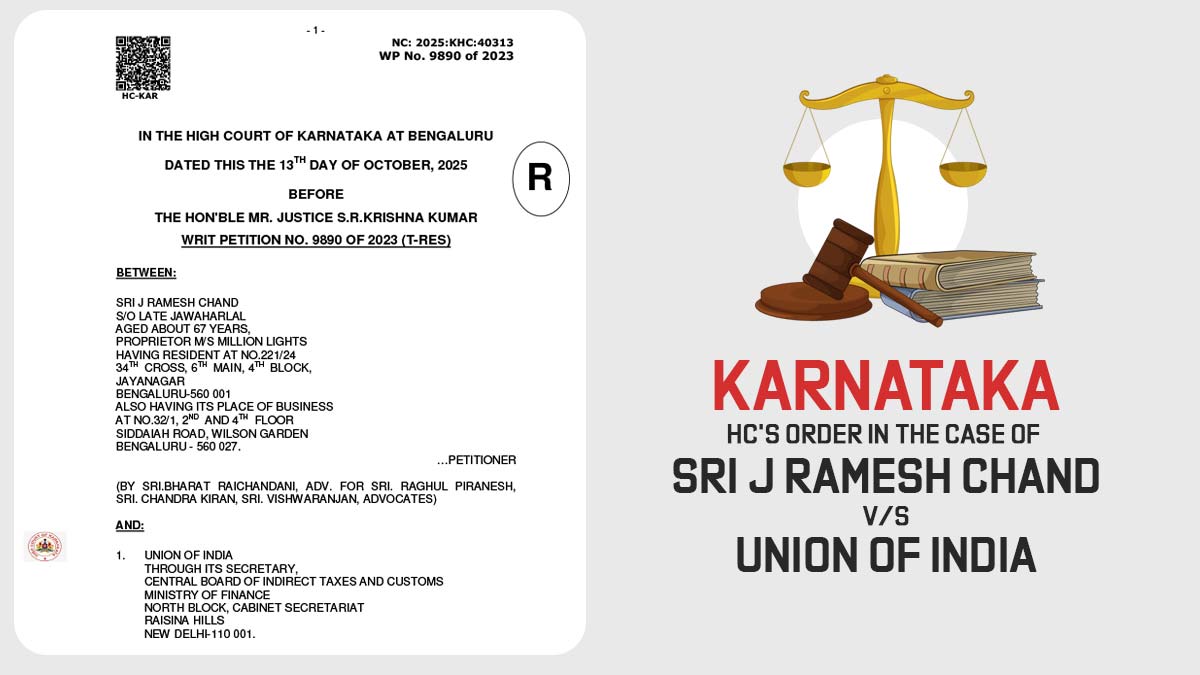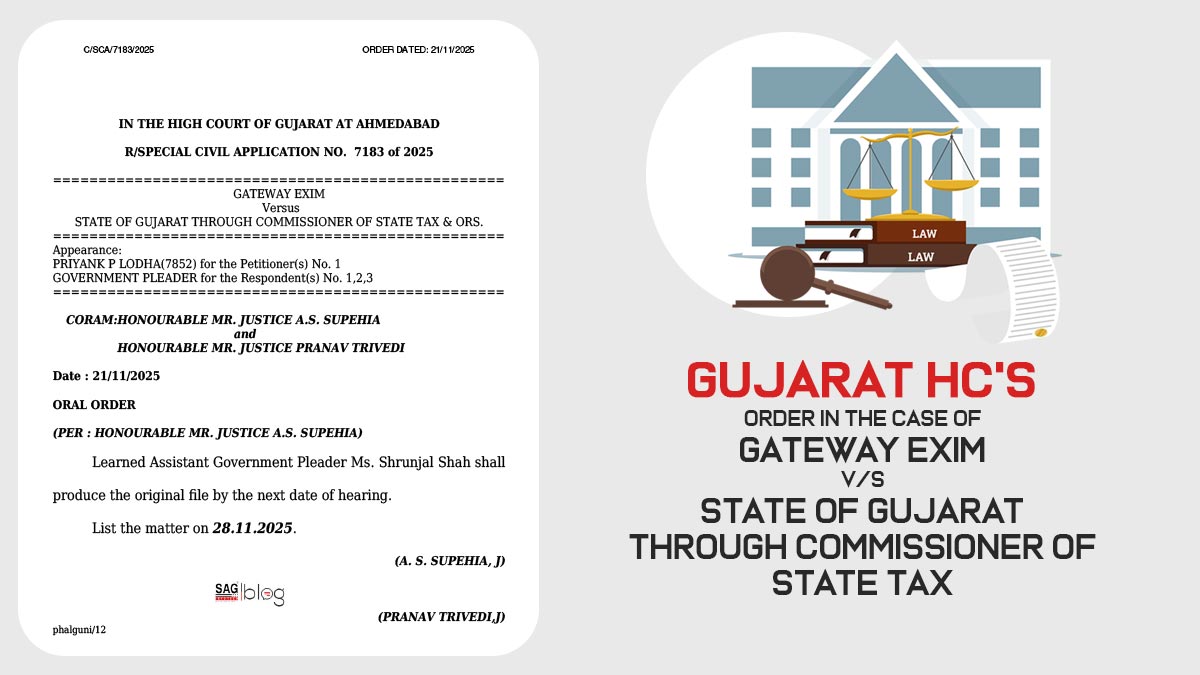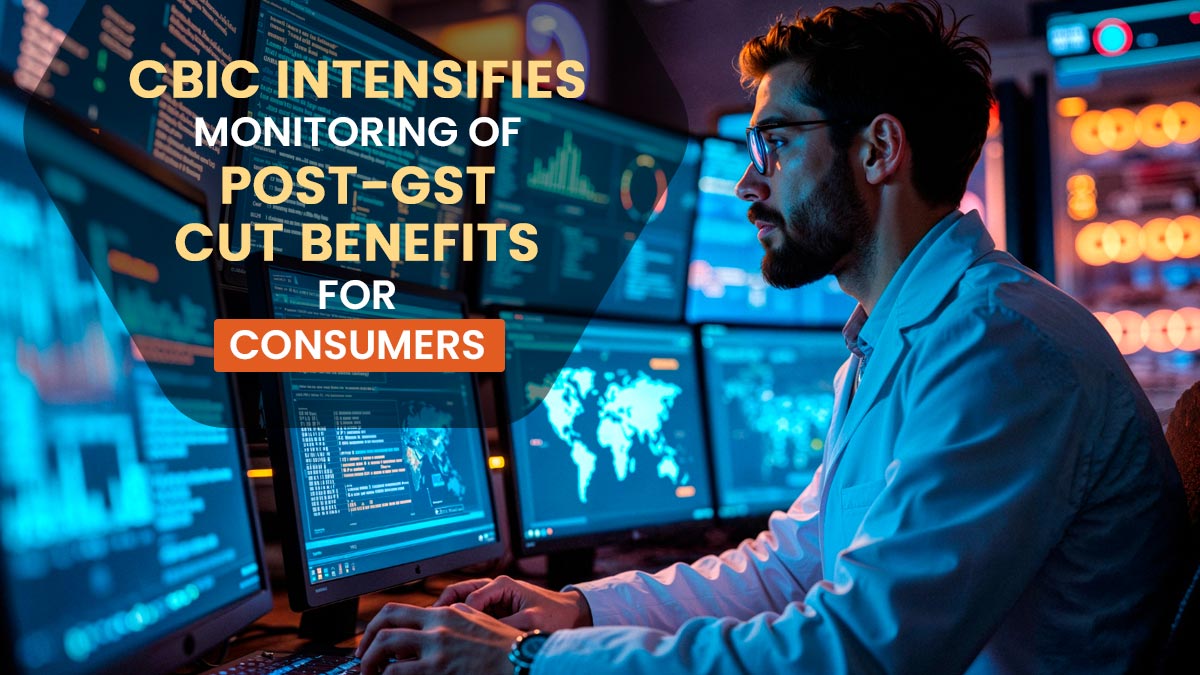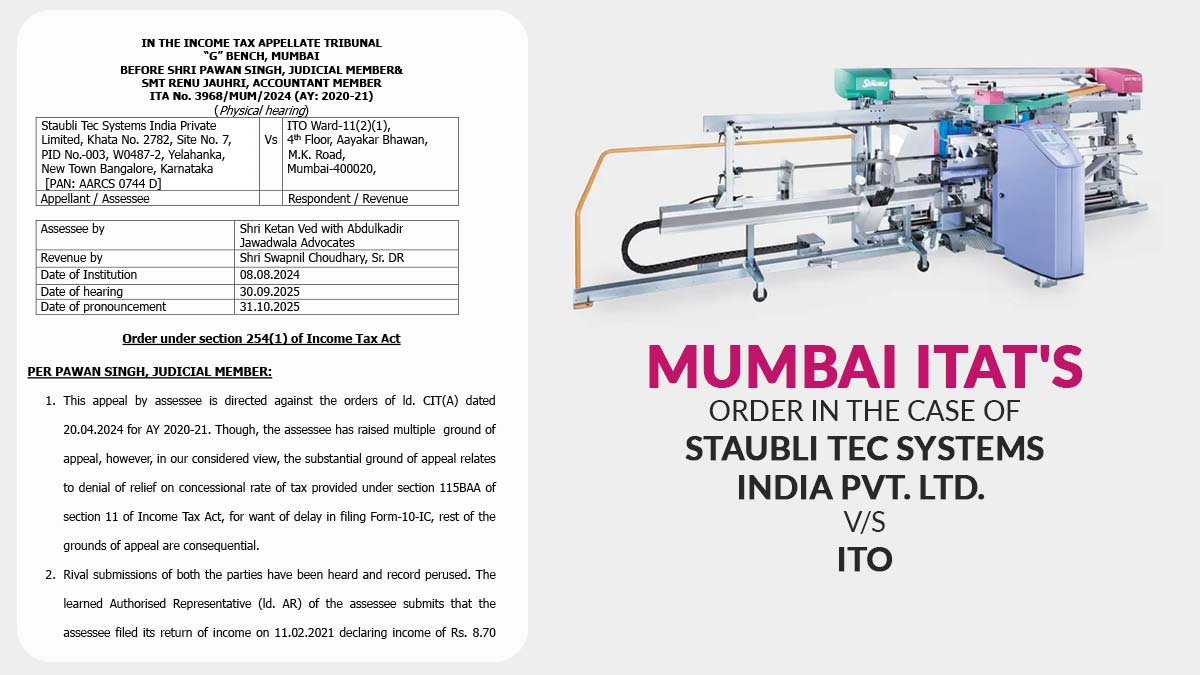Exporters and the overseas shipments are in liquidity problems as the government has held more than 22,000 crores as stated by the FIEO recently.
Federation of Indian Export Organisations (FIEO) president has come and also marked the issue for the small business sector which is into providing labor-intensive jobs.
The liquidity problem is creating a hurdle for that business to act on time. The president mentioned that “Refunds of about Rs 7,000 crore are pending on account of IGST (integrated GST) and about Rs 15,000 crore ITC (input tax credit) as of September 30. This is impacting small exporters.”
MSME sector mainly runs on the basis of liquidity which are operating in the export sector along with the labor and employment intensive industry.
Although the GST refund cycle has got some pace in the last 6 months or so the main point here is that the GST refund can only be claimed after the production of goods and with a lead time of 3 to 9 months.
The association stressed upon the GST exemption must route through the inputs on export production goods. In the statement, “At present, ITC refund is partly electronic and partly manual. The exporter files refund application at the portal takes a printout along with acknowledgment and carries it to GST authorities in hard copy along with required documents which too varies from authority to authority.”
The export industry currently is in worst phase as the cost of exports has surged 5 to 6 percent and the bigger exporting firms have shifted to the letters of credit (LCs) instead of letters of undertaking.
Also, the falling rupee may not be able to save the already deep export industry this time leading to a crisis in the Indian export industry for a while.










